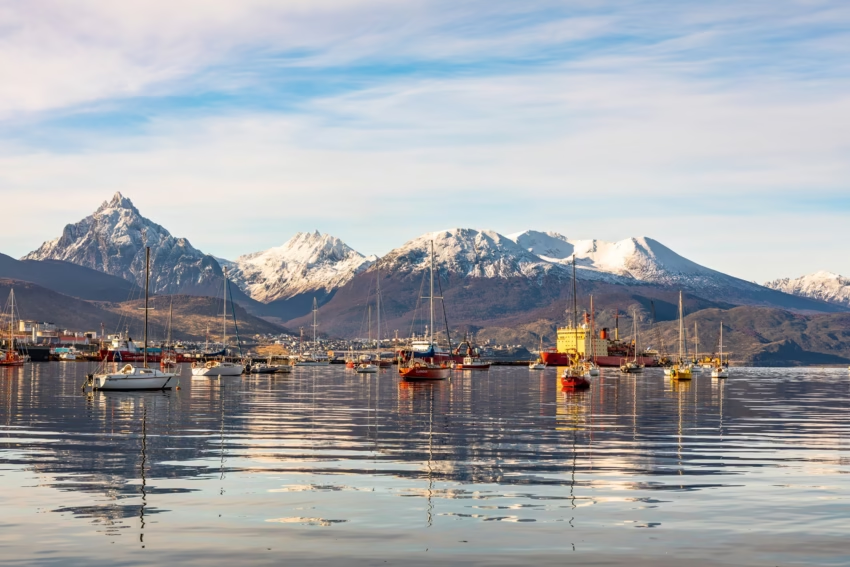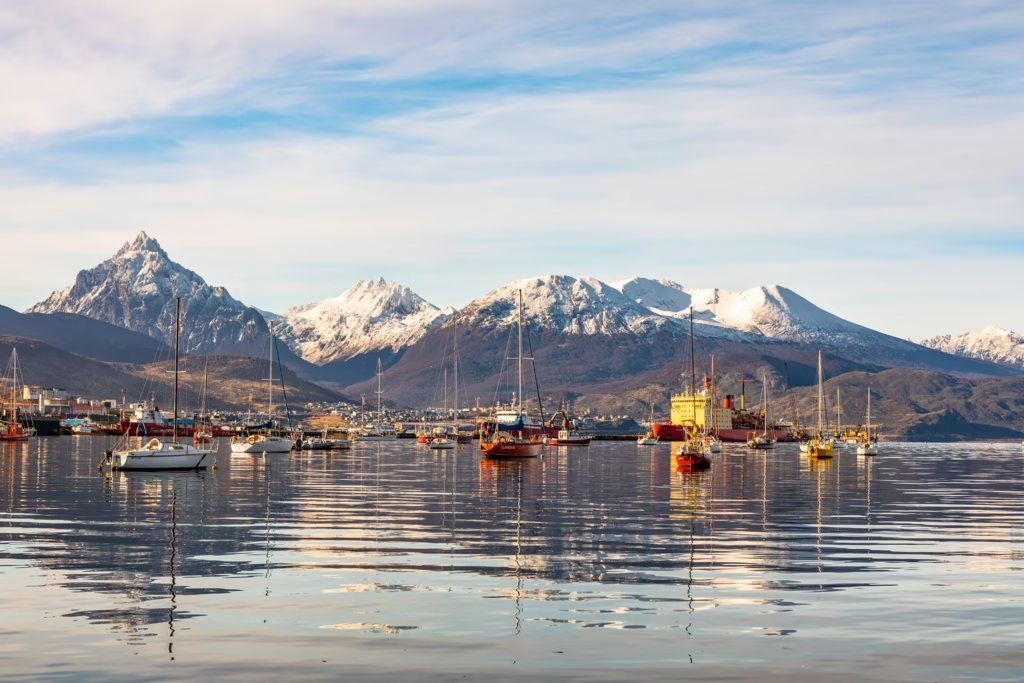
Journey Through Tierra del Fuego: A Remote and Untouched Wilderness
Walking Along the Ukika River
As I walk along the frozen banks of the Ukika River, the world around me is quiet and still, save for the occasional tap of a Magellanic woodpecker high in the trees. The path I follow weaves through a southern beech forest, where the branches are covered with clusters of orange fungi, round and plump like golf balls. The trees themselves are like miniature worlds, draped in mosses, liverworts, hornworts, and feathery lichen called “old man’s beard.” The trail is a labyrinth of twisted roots and fallen logs, and the howling wind makes the trees groan ominously above me.
The Beagle Channel and Villa Ukika
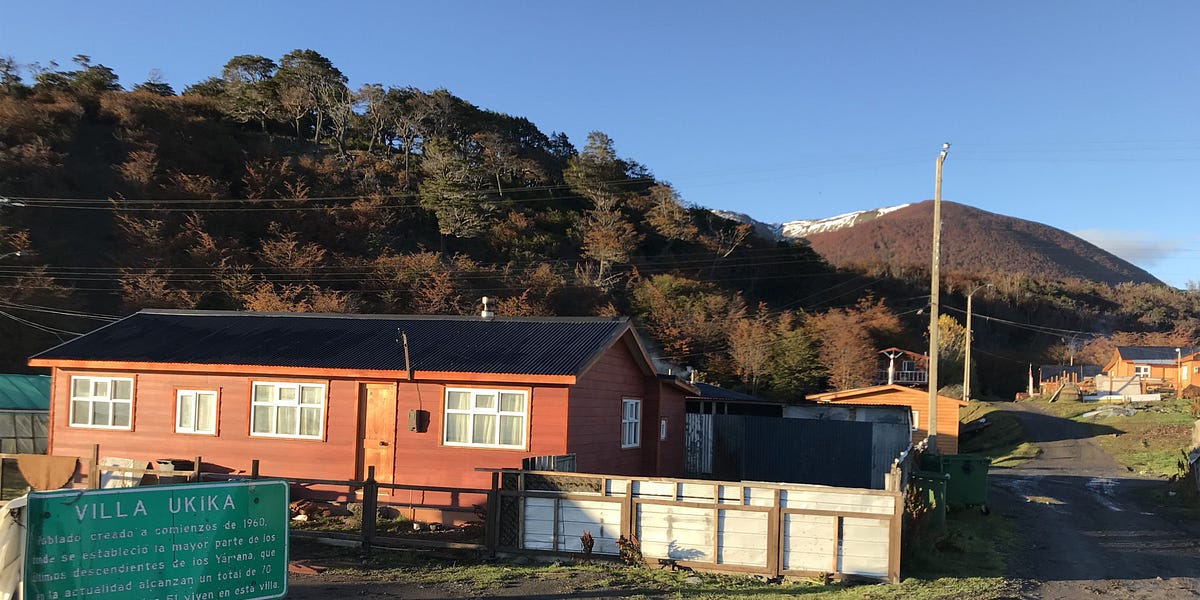
Leaving behind Parque Municipal Ukika, I watch as the river carves its way into the Beagle Channel—a steel-gray expanse that connects the Atlantic and Pacific Oceans through the heart of Tierra del Fuego. In front of me lies Villa Ukika, a village that is home to a small Indigenous Yahgan community. In the distance, the southernmost city in the world, Puerto Williams, stands against the backdrop of the rugged landscape.
Tierra del Fuego: Land of Fire
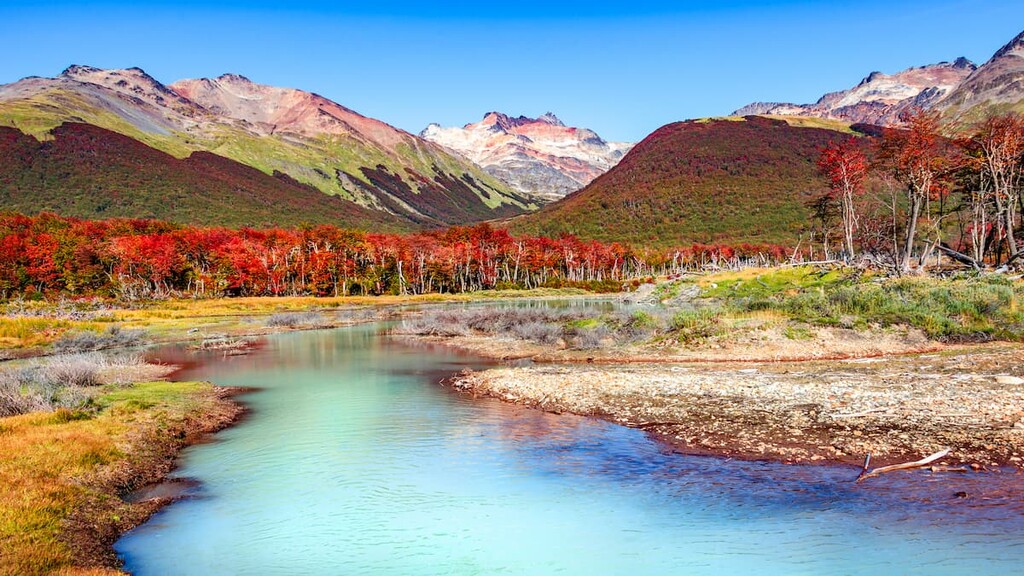
Tierra del Fuego, or “Land of Fire,” is a dramatic, wild land of islands, inlets, and peninsulas. It’s a place shaped by powerful rivers, dense forests, and glaciers that carve through the land. The name “Land of Fire” comes from the bonfires of the Selk’nam people, whose fires were seen by Portuguese explorer Ferdinand Magellan during his journey in 1520. This region, sparsely populated and divided between Argentina and Chile, remains largely untouched.
The Remote Allure of Puerto Williams

While Ushuaia, Argentina’s southernmost city, draws increasing numbers of tourists, few venture across the Beagle Channel to Chile’s Navarino Island, where Puerto Williams sits. In 2019, Puerto Williams was officially made a city, though it’s still remote—1,500 miles from Santiago and only 670 miles from Antarctica. Its isolation is part of its allure.
Getting to Puerto Williams

To reach Puerto Williams, you need either a plane or a boat. During my first trip, before the pandemic, I took the long road—starting with a bus from Punta Arenas, a ferry across the Strait of Magellan, and a long drive through Argentina’s part of Tierra del Fuego to Ushuaia. The next day, I took a boat across the Beagle Channel, passing sea lion colonies on rocky islets, before reaching Puerto Navarino and taking a minibus to Puerto Williams.
A Shortcut to Puerto Williams

This time, I take a quicker route—a 30-minute flight from Punta Arenas, offering breathtaking views of the snow-capped peaks of Alberto de Agostini National Park. This region, described by Charles Darwin during his time on the Beagle, is still as awe-inspiring as ever, with its whales, storms, and glaciers stretching down to the water’s edge.
The Charm of Puerto Williams

Puerto Williams sits on the southern shore of the Beagle Channel, beneath the jagged Dientes de Navarino mountain range. Despite being the capital of Chile’s Antarctic Province, it has the feel of a small town. It was established as a naval base in the 1950s on Yahgan land and still features military housing, civilian homes with satellite dishes, and piles of firewood. Shaggy dogs roam the streets, adding to the sense of solitude.
Exploring Puerto Williams

Walking the empty streets of Puerto Williams, the late-afternoon sun casts long shadows over wooden churches, the town hall, and a few shuttered stores. Cows and horses graze in fields dotted with daisies, and front doors are left unlocked—crime is virtually nonexistent. I pause on a boardwalk overlooking the channel and watch as storm petrels glide over fishing boats hauling in king crabs.
Meeting the Locals: Anna Baldinger and Maurice Van de Maele

After a meal of fresh crab at a sailor-themed restaurant, I meet Anna Baldinger at Hotel Fio Fio, where I’m staying. Originally from Austria, Anna came to teach but fell in love with the island and a local man. “Puerto Williams is like a bubble—people call it the village at the end of the world,” she says with a smile.
Though the town is relatively new, the Yahgan people have lived here for thousands of years. There are many archaeological sites scattered across Navarino Island, including middens (ancient trash heaps) and circular depressions from old shelters. Maurice Van de Maele, an anthropologist and owner of Hotel Fio Fio, tells me that Navarino has one of the highest concentrations of ancient sites in the world—around 2,000, some of which can be seen on the drive from Puerto Navarino.
The Museum and the Indigenous History

Maurice, a former director of the town’s museum (Museo Territorial Yagan Usi – Martín González Calderón), takes me through exhibits of bone harpoons, delicate jewelry, and canoes. The museum is housed in a beautiful building with a sun-dried whale skeleton adorning its exterior. It also details the tragic history of colonization, when missionaries, miners, and ranchers arrived in the 19th and 20th centuries, decimating the Indigenous populations.
Change in Tierra del Fuego

Although Tierra del Fuego feels timeless, change is inevitable. The region still sees only a few tourists—mostly hikers, birdwatchers, and fishermen. But with Antarctic cruise ships visiting more frequently, the area is slowly transforming. Plans are underway to build a new dock for larger ships, along with plans for a big hotel and airport upgrades.
Expanding Roads and Infrastructure
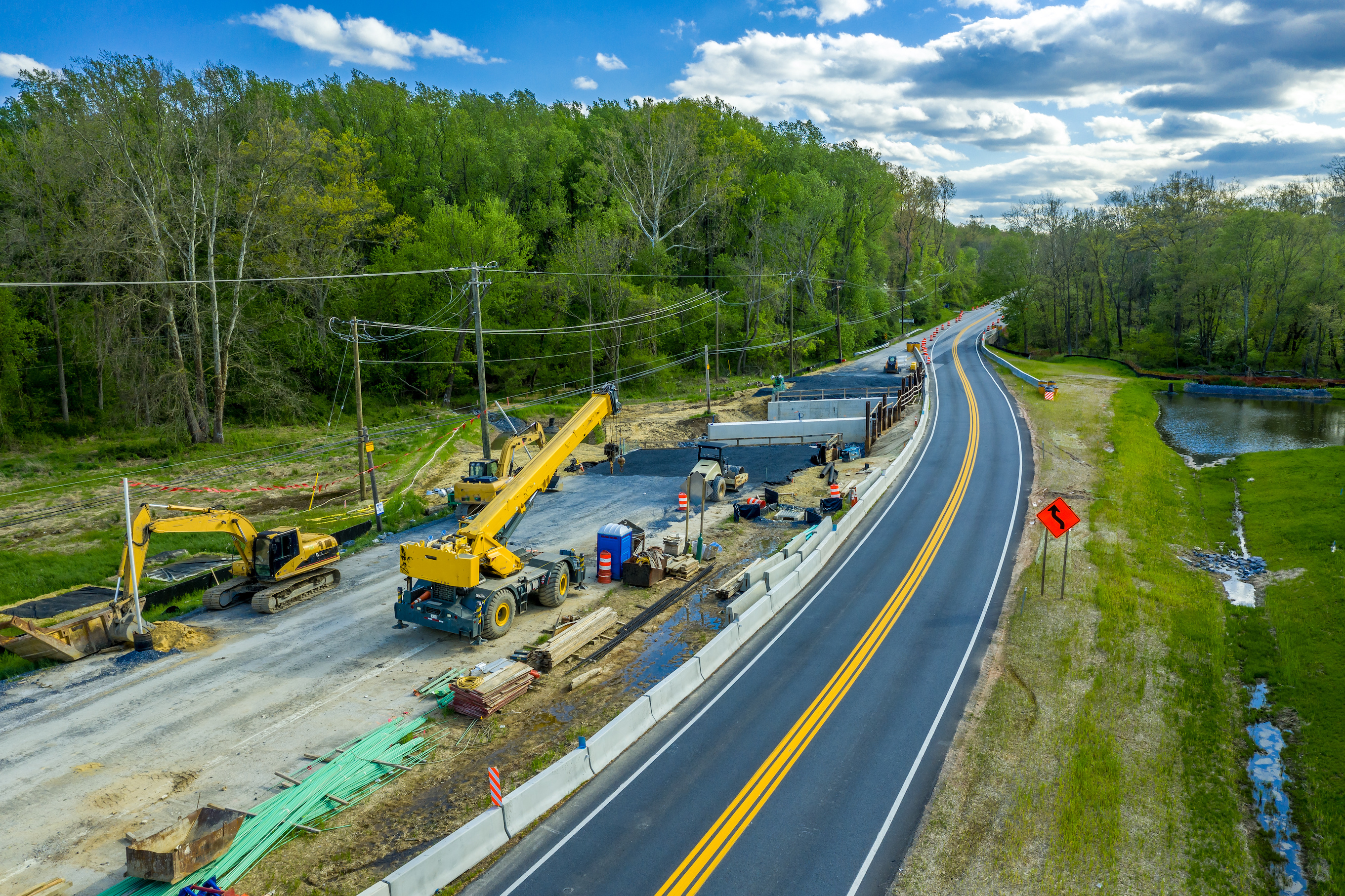
Roads are also expanding across Tierra del Fuego. The Y-905, the southernmost road in Chile, currently ends just north of Villa Ukika, but plans are in place to extend it to Puerto Toro, the world’s southernmost inhabited settlement. A new Sub-Antarctic research center is being built at Cape Horn, resembling a futuristic spaceship with its windmill.
Hiking Cerro Bandera
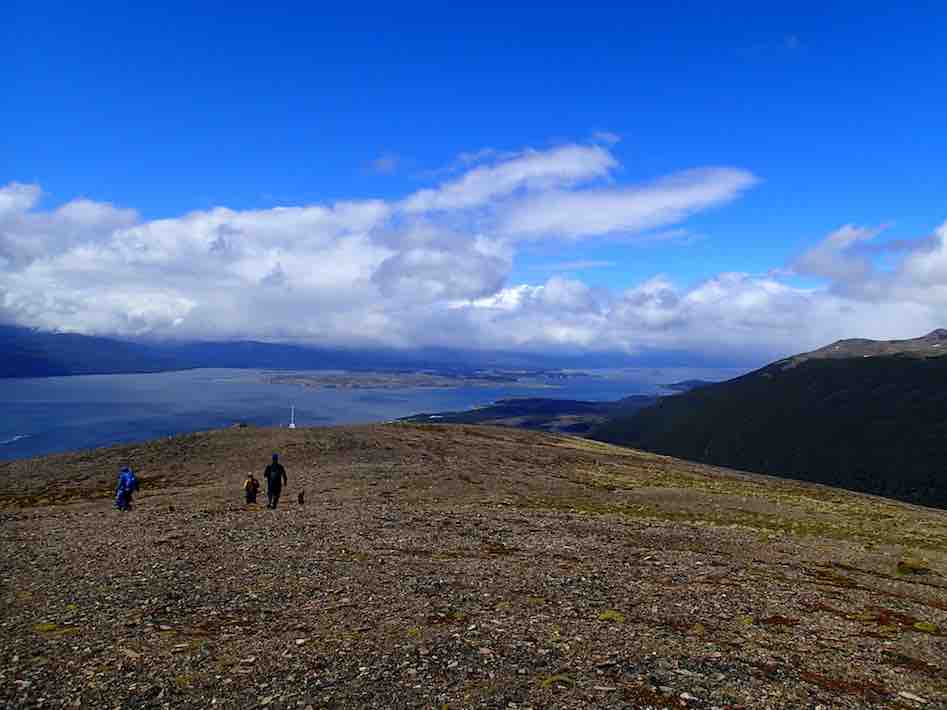
Despite these developments, as I walk west from Puerto Williams, the concern about overdevelopment fades. The trail to Cerro Bandera, the first section of the 33-mile Dientes de Navarino circuit, winds through beech trees before opening up to the wind-battered tundra. At the summit, the Chilean flag flutters wildly, and the horizon stretches over the Beagle Channel, the jagged peaks of Dientes de Navarino, and a glacial lake framed by snow-covered mountains.
The Solitude of Tierra del Fuego
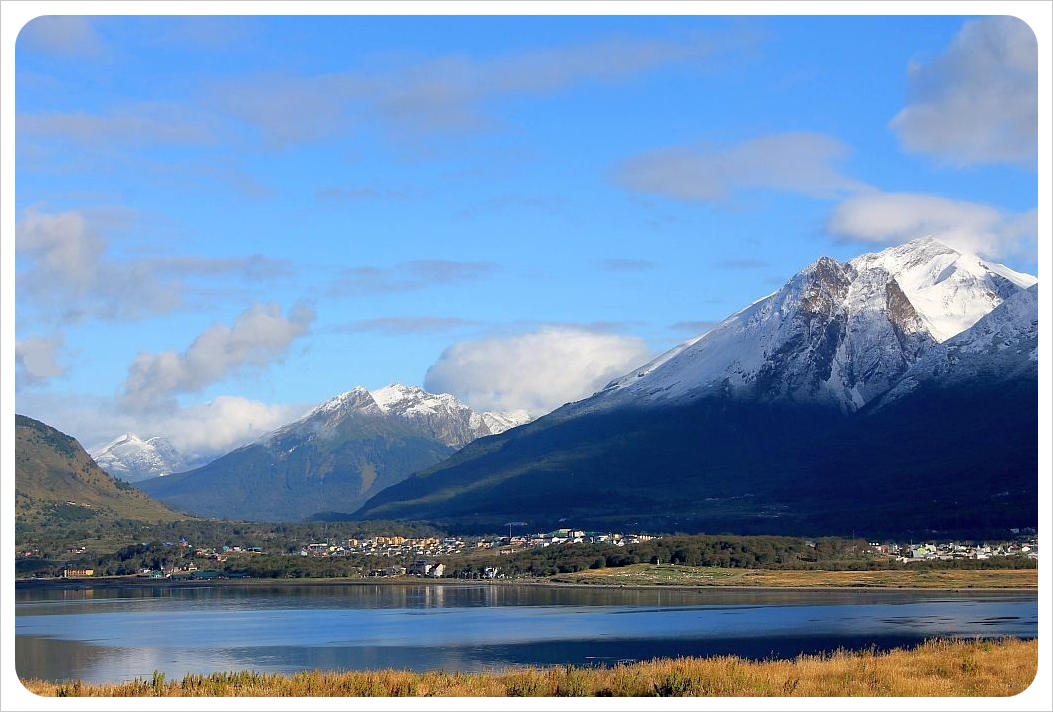
My fingers are numb, and sleet stings my face, but I smile as I recall Anna’s words: “When you stand atop Cerro Bandera’s peak, no one is in front of you. The rest of the world is far, far away.”
FAQs
1. How do I get to Puerto Williams?
To reach Puerto Williams, you need either a plane or a boat. There are flights available from Punta Arenas, Chile, or you can take a boat across the Beagle Channel from Ushuaia, Argentina.
2. What is the best time to visit Tierra del Fuego?
The best time to visit Tierra del Fuego is during the Southern Hemisphere summer (December to March) when the weather is milder and the region is more accessible for outdoor activities.
3. What is there to do in Puerto Williams?
Puerto Williams offers opportunities for hiking, birdwatching, and exploring the rich history and archaeological sites of Navarino Island. It’s a perfect destination for those seeking peace and solitude in nature.
4. How remote is Puerto Williams?
Puerto Williams is remote and isolated, with a population of around 2,800. It’s a place for those looking for an off-the-beaten-path destination. Despite its isolation, it offers basic amenities such as small hotels, restaurants, and a museum.
5. What’s the history of Puerto Williams?
Puerto Williams was established as a naval base in the 1950s and is built on land historically inhabited by the Yahgan people. It has a rich Indigenous history, with many archaeological sites scattered across Navarino Island.
Conclusion
Tierra del Fuego, with its stunning landscapes and rich history, remains one of the last frontiers for adventurous travelers. Puerto Williams, despite its increasing transformation due to tourism and infrastructure development, still holds a sense of isolation and tranquility. The blend of natural beauty, historical depth, and the remoteness of this region makes it a unique destination for those seeking an escape from the modern world. Whether you’re exploring the ancient Indigenous sites or hiking through the untamed wilderness, Tierra del Fuego offers a rare opportunity to experience a land that remains largely untouched by time.
